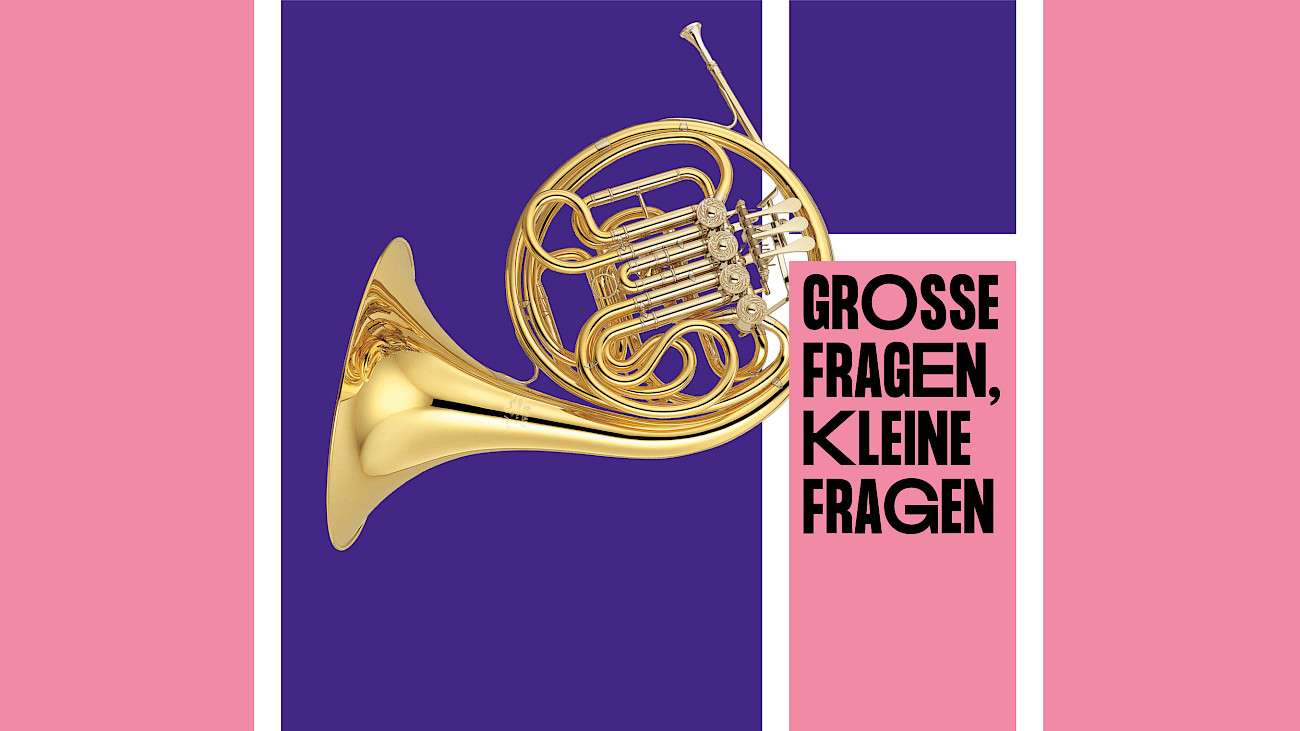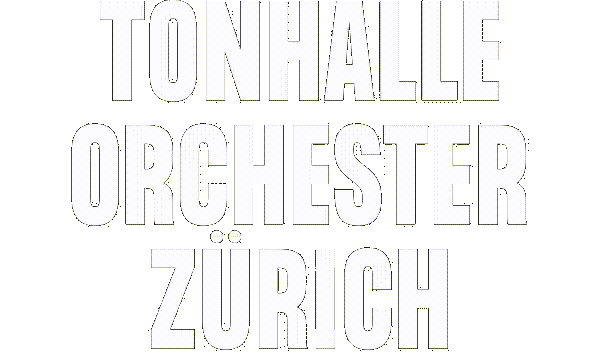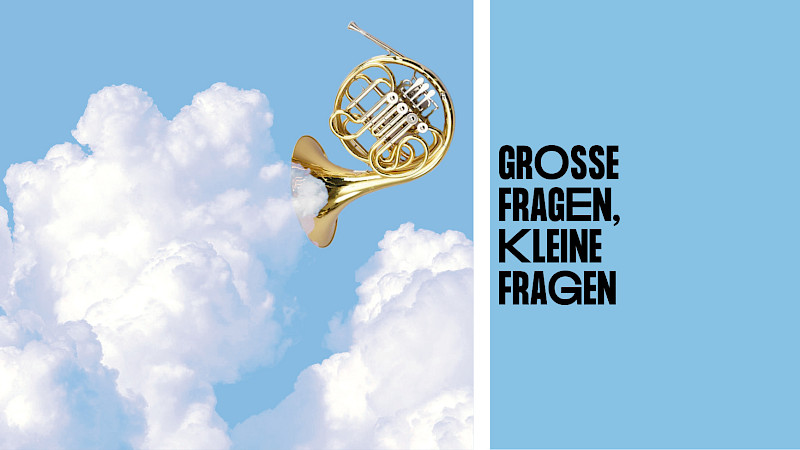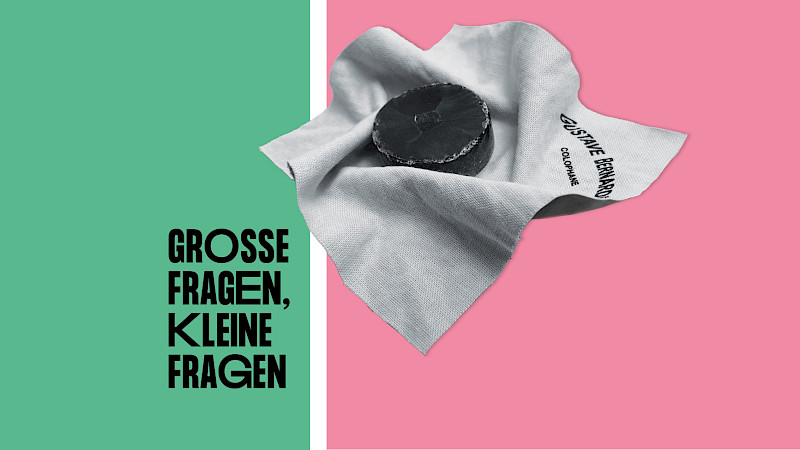
Why do Horn Players Put Their Hand in the Instrument?
Our solo hornist Mischa Greull, who makes his last appearance in «Fidelio», explains.
If you ask Mischa Greull why he and his fellow horn players always stick their right hands into the bell of their instruments, he just laughs: «There's someone who asks that question after every concert.» That means something: Mischa Greull, who is leaving the orchestra after the upcoming «Fidelio» performance after 30 years, has played many concerts at the Tonhalle Zürich and elsewhere. But it is hardly surprising. With the violinists and double bassists, the bassoonists and flutists, the percussionists and the harpist, you can always see what they are doing with their two hands. Plucking, bowing, pressing strings and keys: even those who don't know what exactly the fingers do have an idea of what they achieve.
This is not the case with the horn players. The left hand does indeed offer something comprehensible with the operation of the valves. But why does the right hand disappear into the horn, and what does it do there? The answer has to do with practical physics, with the air column in the instrument and the possibility of changing it. This influences not only the sound, but also and above all the pitch. The sound gets lower and lower the more the horn player closes the bell, but if he makes it completely tight (or as tight as he can with his hand), it gets higher. The intonation can be altered by about half a tone up or down by hand.
Equal is not equal
This was crucial when horns had no valves – that is, up to about the time of Brahms. And today, together with the fact that intonation can also be influenced by the lips, it ensures that horn players can play any tone with different fingerings: as a natural tone, but also as a deepened or raised sound. However, the same tone is not quite the same: depending on where it is played from, different overtones and thus also different timbres and harmonic relationships result.
Complicated? Oh yes. Nevertheless, it is not the case that horn players constantly think about physics when playing, says Mischa Greull: «At some point, you have a feeling for the interaction of hand and lips and air.» And the mute also fits into this balance: it would actually have the same effect as the hand, but it is constructed in such a way that the pitch remains the same and only the sound changes.
Johannes Brahms, horn player
What goes without saying for horn players makes composers' heads spin. There are works, especially in the contemporary repertoire, «that sound more like catalogues because all the possibilities of the horn are somehow combined», says Mischa Greull. When asked about the best horn composers, he names Mozart, «who extremely skilfully fitted the effect of the stopped notes into his works». Also Brahms, who played the horn himself and knew exactly what was possible. And Mahler, who knew how to exploit tonal effects like no other.
Ultimately, the same applies to composers as to horn players: They must master the peculiarities of the instrument in such a way that the audience does not hear physics – but music.
Translated with DeepL.com





